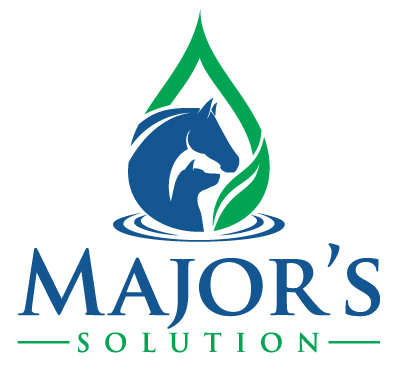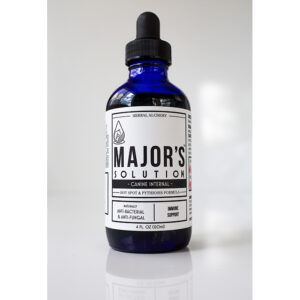About the disease
Dogs are often infected by swimming in water containing the p. insidiosum organism. It is therefore more common in humid and swampy areas where water stands for long periods of time.
The spread of Pythiosis can be explained by the fact that the spores can become airborne in high winds. Wherever they land, they may lay dormant for long periods of time until activated by rain or heavy dew. Although many dog and horse owners have never heard of this water borne plant pathogen, we believe it is more common than vets or researchers realize. No reporting of animal pythiosis cases is required. It is becoming more resistant and it’s also moving further north (some of our cases are as far north as Arkansas, Washington State, and North Carolina).
There are two ways Pythiosis presents in dogs. Cutaneous (pythiosis of the skin) is visable, with lesions that may have pus filled nodules and draining tracts. Some dogs are affected in more than one area. The lesions differ somewhat from what is common in the horse. In our experience, kunkers (necrotic, sometimes calcified, pale material that resemble bumpy rice kernals) are not present in Canine lesions.
We have found the Sub-cutaneous cases to be much more common. Most common of the sub-cutaneous type of Pythiosis is gastro-intestinal although it may also infect the brain, lungs or sinuses. Symptoms of stiffness, head pain, fever, coughing and swelling of the sinuses may be seen for the latter. Symptoms of Gastrointestinal (GI) may include fever, vomiting, diarrhea, weight loss, abdominal mass and pain and enlarged lymph nodes. Unfortunately, once symptoms appear the disease has been present for some time.
Take action against pythiosis today:



